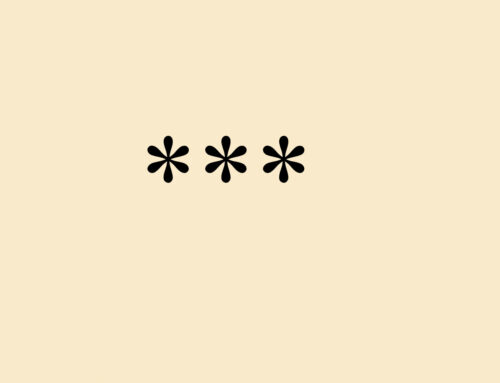 Here is a detailed guide to preparing your book sample for a literary agent.
Here is a detailed guide to preparing your book sample for a literary agent.
Your book sample is obviously the most important element of your agent submission to be read after the letter and synopsis.
For fiction submissions, which is what I am talking about in this series, you need to read each agent’s requirement on the submissions page of their website.
(Non-fiction is completely different, and you should refer to Jane Friedman’s series on Non-Fiction and Memoir for this)
The vast majority of agents will want a sample attached to the email, and this is usually either thirty or fifty pages.
Before you do this, you need to make sure of three things:
- You have completed the book. DO NOT query an agent until you are ready!
- You have had the book edited and spellchecked at least twice – this is not an agent’s job!
- You are happy with your book. An agent is not an editor, and will not want a half-baked idea.
How Do I Create A Book Sample For An Agent?
Unlike the query letter, I would not tailor the book sample to each agent. Your book is your book. But it MUST be EXACTLY as asked for.
- A page is considered an A4 size in the UK or a letter size in the US, with the font double-spaced at 12pt Times New Roman, Justified text. You should not submit the pages at any other size, spacing, or font. The best way to prepare this is to take around 40 pages of your writing and cut and paste this into a new document to work with. Format the font and spacing.
- Lose any extra stuff throughout the book, such as links or fancy chapter headings.
- Add page numbers to the footer of the document, starting at 1 for the first page. Do not include front matter such as title page or contents.
- Add the title of your book and your author name to the header of the document in this order: Title – Author Name
- You should then take the first fifty pages of this new document, and then find the closest breakpoint in your story: a cliffhanger, a chapter end (within reason of course, from page 47 to page 56 seems OK but any more than that would seem too much or too little). Delete the rest.
- End the sample pages with the following symbols to denote the reader has come to the last page -###-
- Save the document as “Title-Author 50”
- Now go back and find another breakpoint in your document around the thirty-page mark. Cut and paste this into a new document. Save it as “Title-Author 30”
- Spellcheck the thing again (really)
- Now you have your two very useable samples that you can send out with any submission according to each agent’s request.
You may find some agents want you to paste the first ten pages into the query email or form. Personally, I think this is disrespectful to you as a writer, but if you feel OK with it, you can repeat the breakpoint for ten pages and save this as your cut and paste document for this purpose. I’ll be talking about how to find an agent and the type of agents to look for in the next instalment.
Next: Read Part Four – Finding Agents
Read Part One – The Submission Letter
Get an Editorial Review | Get Amazon Sales & Reviews | Get Edited | Publish Your Book | Enter the SPR Book Awards | Other Marketing Services






















Leave A Comment